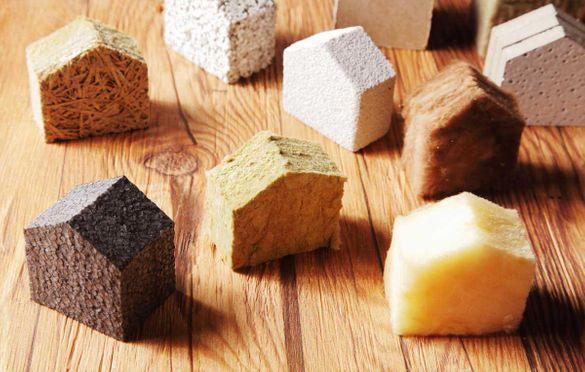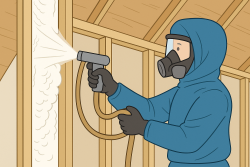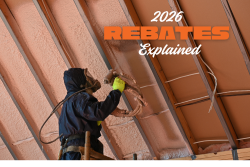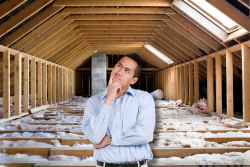When you wake up in the morning curled up in your blanket, there are few things that feel as uncomfortable as pulling off those covers to feel the shock of a cold room. But even if you don't mind waking up to a cold room or wearing socks and a sweatshirt around the house, you probably don't care for high energy costs.
If you are like most homeowners, you can't afford to watch your gas and electric bills climb as the temperature falls. Most energy inefficiency is due to poor insulation, which is easily fixed. Here's how to increase your efficiency and start saving money on your utility bills.
Start with Observation
Do you have large icicles growing off your roof? Are certain rooms colder than others? If so, can you see any visible cracks or holes that allow heat to escape? Check any attic space you might have and assess how much insulation is there and what condition it is in.
These simple inspection practices can help you address the most critical areas in your home first. Your next move will be digging up information on what kind of insulation was installed in your home, and how old it is.
Need Help?
Unfortunately, there are a lot of old homes in Toronto and insulation doesn't always have an installation date attached to it. if you feel like you can't determine the quality or age of your Toronto insulation, you can always have a technician perform a detailed inspection for you.
Once you’ve determined the condition of your home’s insulation, you need to start exploring which Toronto insulation materials will work best for your circumstances.
Here are your Options
- Blanket Rolls. Used for floors, ceilings, and unfinished walls, such as in basements or attics.
- Rigid Fibrous or Fibre Insulation. Used in high temperature areas, such as heating ducts.
- Loose Fill and Blown-In Insulation. Used to fill existing wall space, open wall areas, hard to reach areas, and attic spaces.
- Sprayed Foam. Used in existing wall space, unfinished attic floors, and new open wall cavities.
- Foam Board or Rigid Foam. Used in unvented low-slope roofs, ceilings and floors, and unfinished walls, including foundation walls.
- Concrete Block Insulation. Used in the foundation on new construction
- Insulating Concrete Forms. Used mainly in foundation walls during new construction, or add-ons to your home.
- Structural Insulated Panels. Used in floors, ceilings, roofs, and walls during the construction phase.
- Reflective System. Used in unfinished ceilings, floors, and walls to reflect heat back into your home.
For help determining the best solution for your home, you can contact our specialists at Reitzel Insulation any time. Call today at Toll-free: 1-877-868-0456 or 519-866-6100.

















